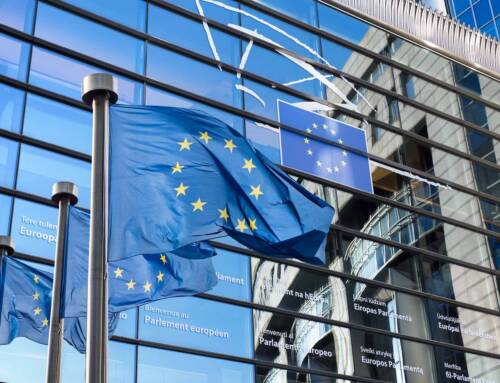Top Google Ranking Signals that Matter in 2019
Every year, Google comes up with a new ranking factor.
In 2014, it was HTTPS.
In 2015, it was mobile-friendliness.
In 2016, we saw the introduction of RankBrain.
In 2017, the push for HTTPS was at its peak.
In 2018, mobile page load speed was a huge criterion.
Google looks at no less than 200 signals when ranking a website. Now that’s one exhaustive list to memorise. However, the big question is whether all these signals have equal importance?
Not at all. Although these signals are relevant to your exact position on Google search results, some aspects require your immediate and total attention. Get these right before you focus on the others.
Let’s take a look at 6 of the top Google ranking factors.
Website Architecture
Your website must have a clear and intuitive architecture.
Organise your website into subdirectories and ensure the page URLs have clear strings of text that are optimised for your target keywords. This way, Google will understand what you do and what topics you would like to be an authority on.
Think of your website as a building. Every room, every entry and every exit must be marked clearly so visitors know where they are going instead of feeling lost.
Inbound Links
Inbound links or ‘backlinks’ as they are popularly known, are all the links that point to your site from elsewhere on the web.
Backlinks can make a significant difference in how you rank.
So why are backlinks so important to your ranking in Google?
Inbound links from other sites speak a lot about your site’s trustworthiness. When so many authoritative websites trust your site and its contents to link to you, Google sees value in it.
Domain Security
You must have noticed that a lot of websites these days start with HTTPS instead of HTTP.
What’s the difference?
This is how Google differentiates secure websites from those that are not secure.
You want to ensure your website is secure.
HTTP, short for HyperText Transfer Protocol, is the process websites use to transfer data from to visitors’ browsers. HTTPS is a more secure version of this protocol and safely transfers data between your website and visitors’ browser.
Page Speed
Page load speed refers to the time your website takes to load on a user’s browser.
Many factors affect how quickly your page loads. As a general rule of thumb, the faster your website is, the higher it could rank on Google.
Websites that take no more than three seconds are considered fast enough. However, for ecommerce websites, a page speed of two seconds or less is ideal.
The font type and their size, as well as uncompressed images, have a direct impact on the page speed. If your site uses complex and heavy media, your page could slow down.
Quality Content
This is one of the best ways to boost your rankings in the search engines.
Focus on publishing engaging, compelling content consistently on your website. Long-form content and a regular flow of content will make a huge difference to your SEO efforts.
Be sure to take the time to create well-researched, error-free and substantive pieces of content that deliver value to your target audience. For best results, optimise your content for your target keywords.
Search Intent
Publishing SEO optimised content isn’t enough.
It’s equally important to create content your audience is searching for.
This means digging deep to find what exactly people are looking for when using a specific keyword. Use this information to create content that answers user’s queries.
When you ensure your content aligns with search intent, it shows you understand your target audience.
Conclusion
Every ranking signal in important. But some are more urgent and important compared to others. If you have launched your site recently or are re-launching your site, begin by focusing on these ranking signals before covering for all the remaining ranking signals.
If you need help and assistance we are always here to step in and advise you.
Credit: Bob Stokes








